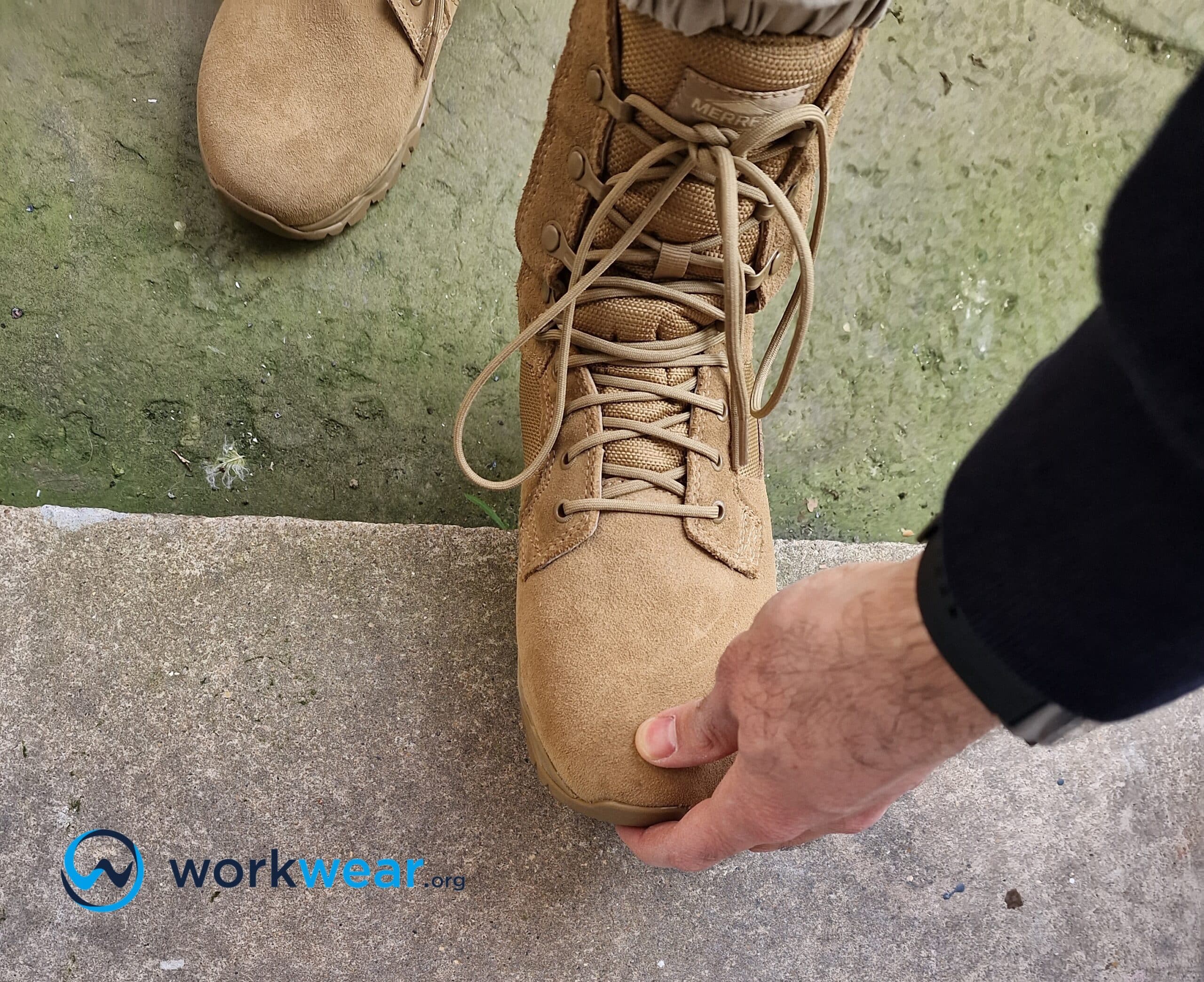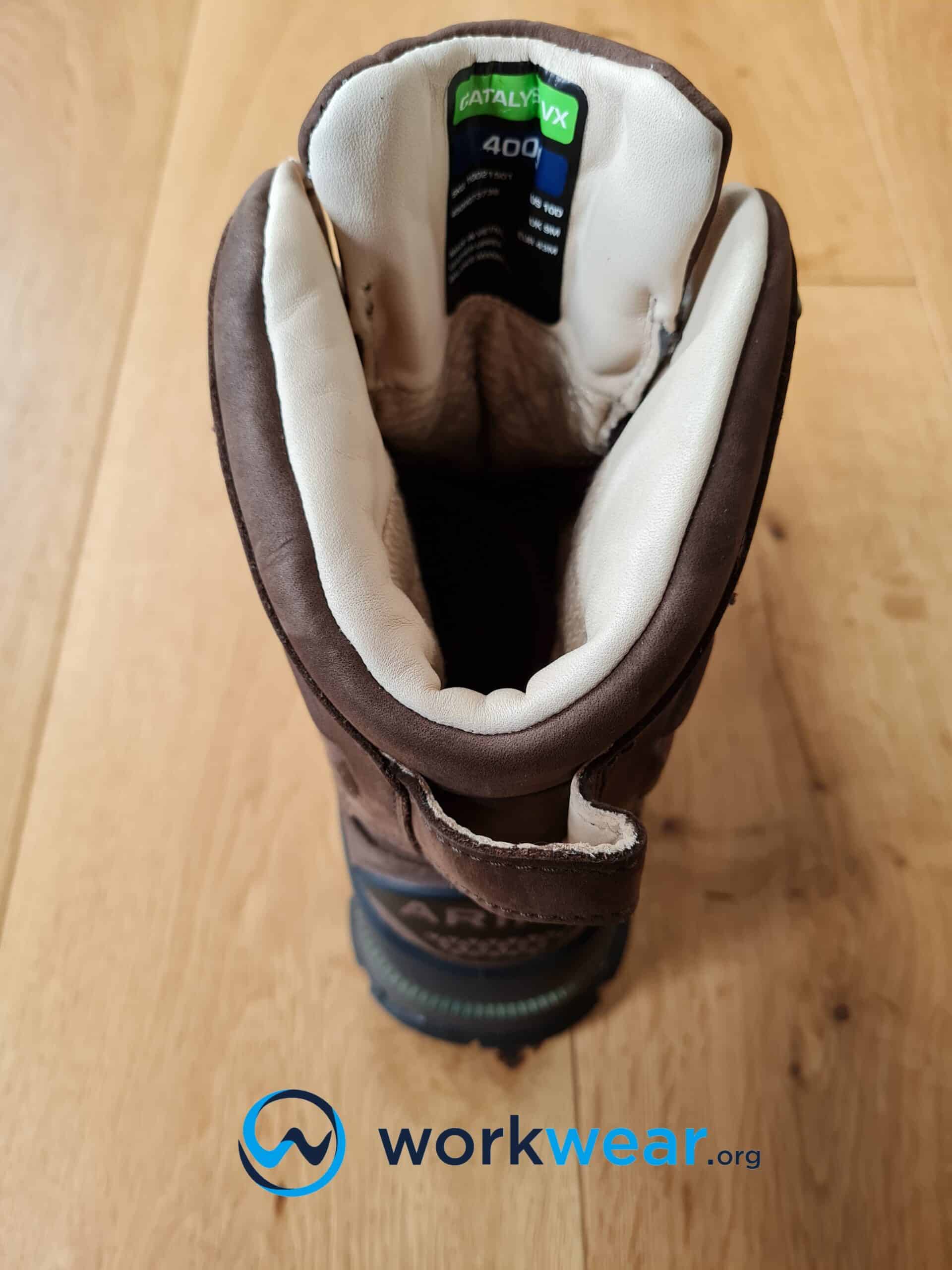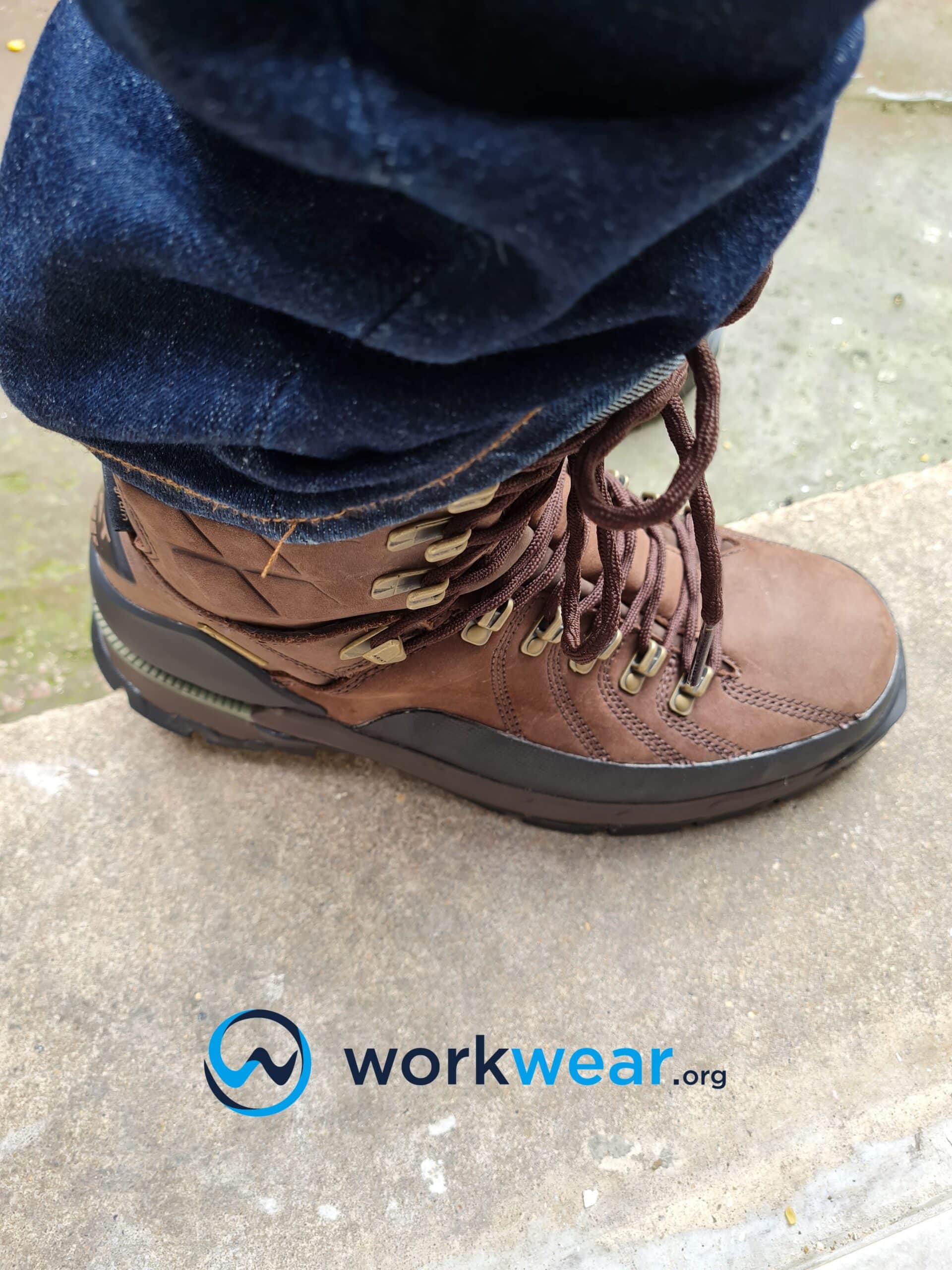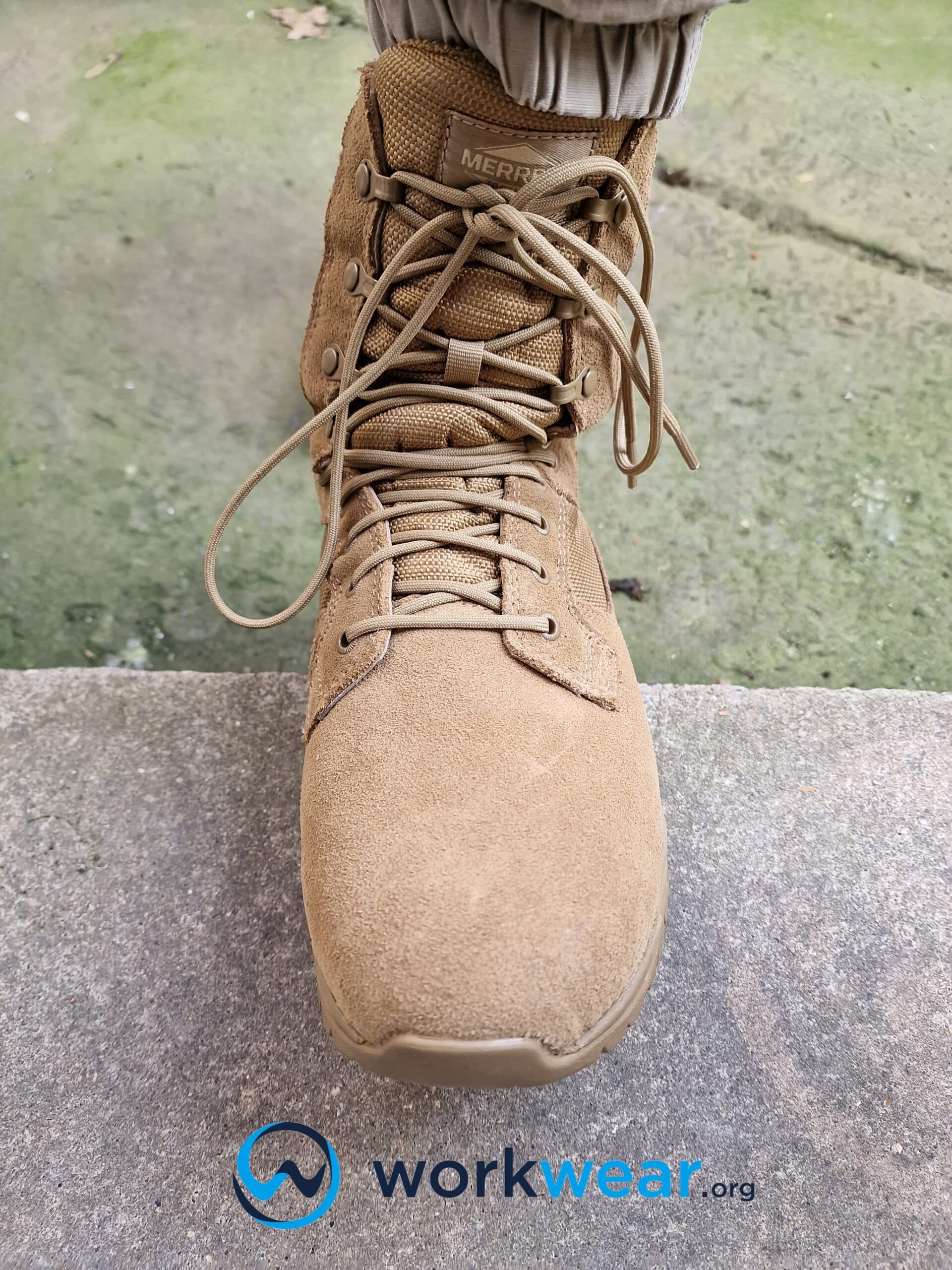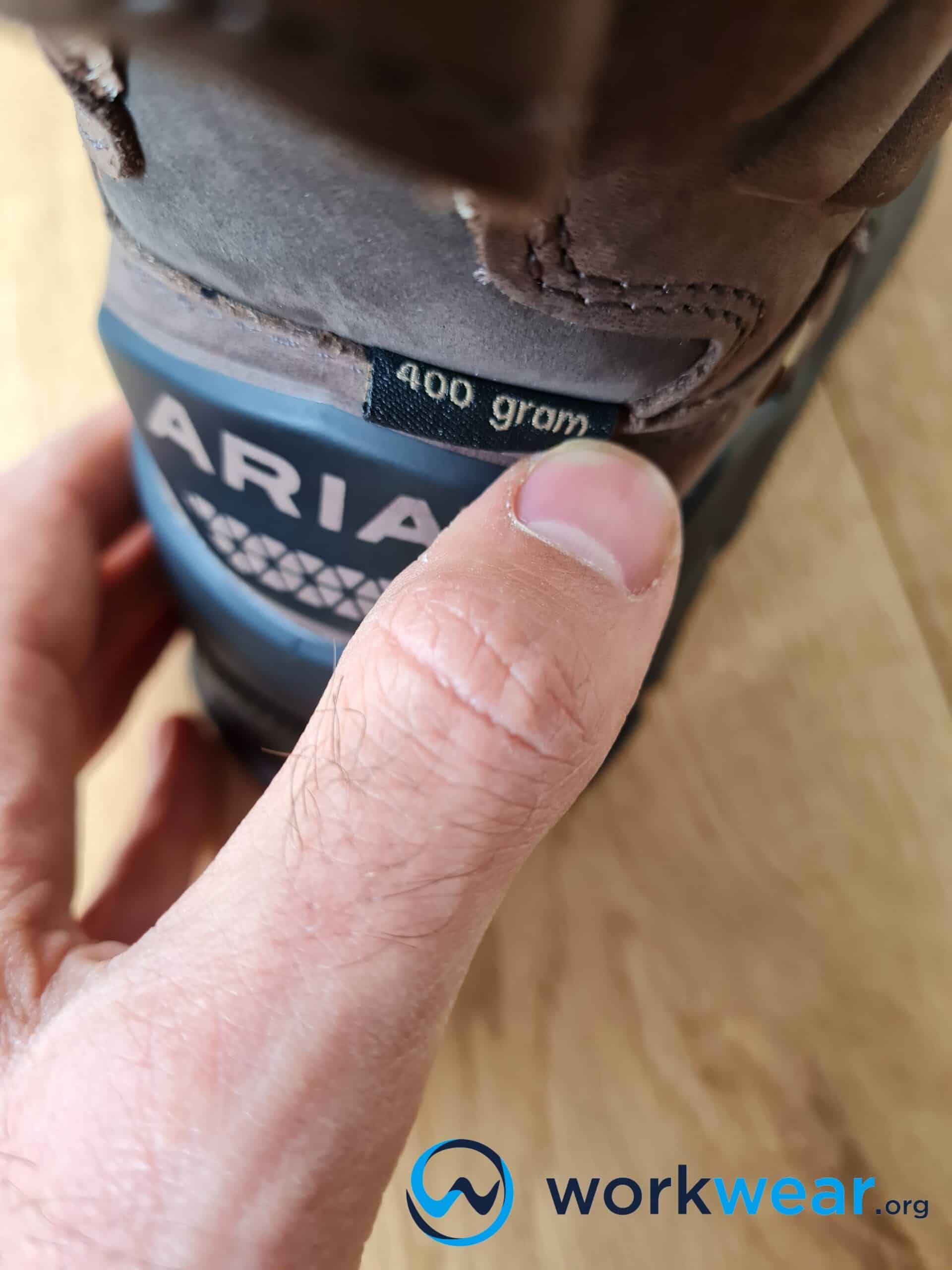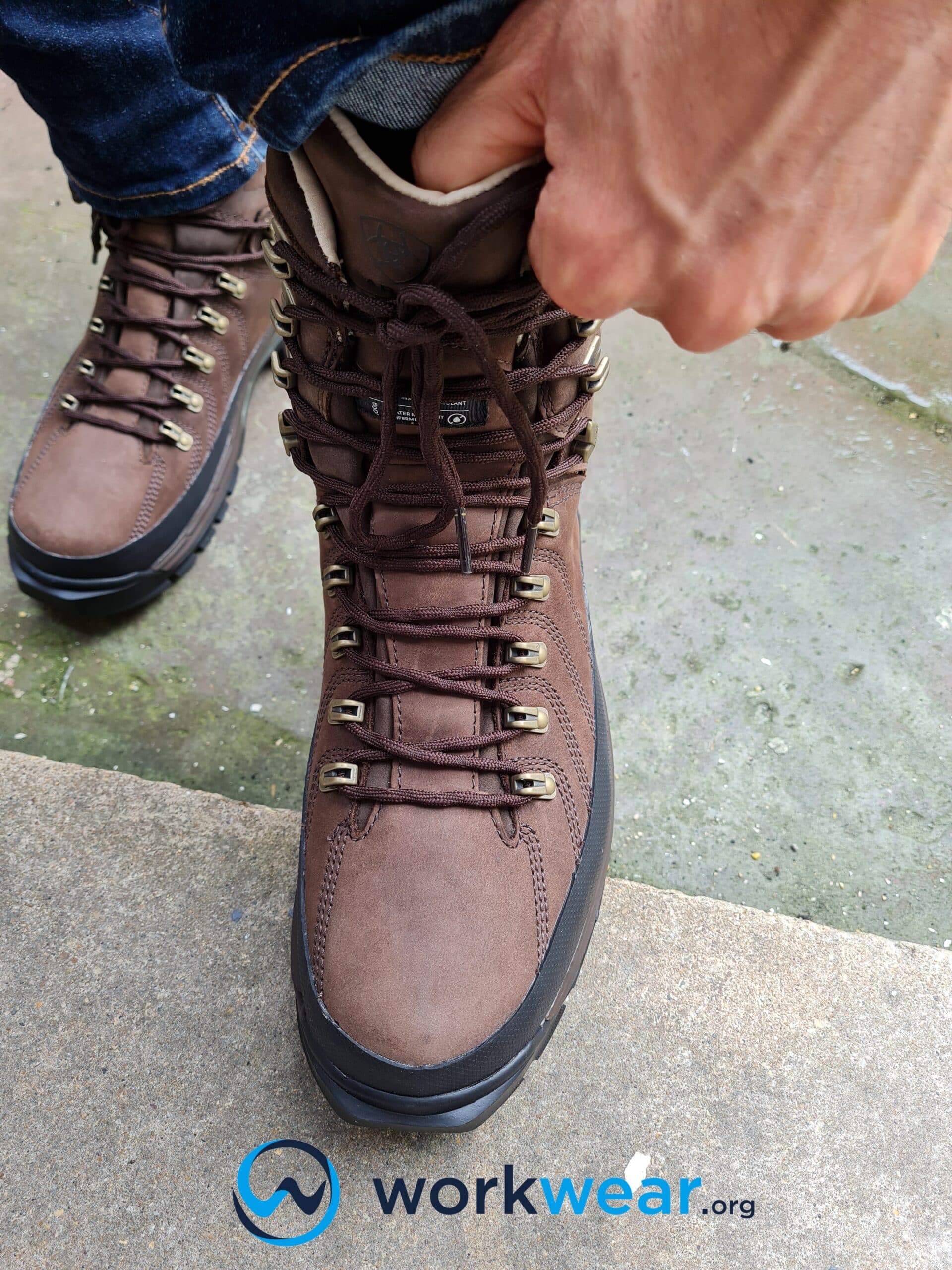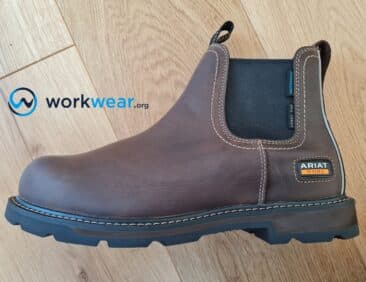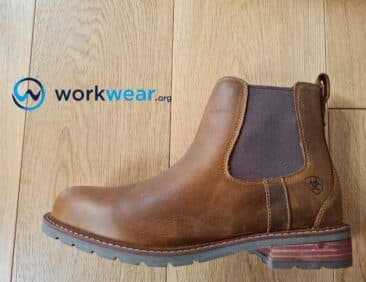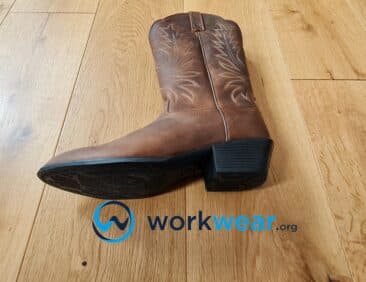Winter Work Boots vs Insulated Work Boots
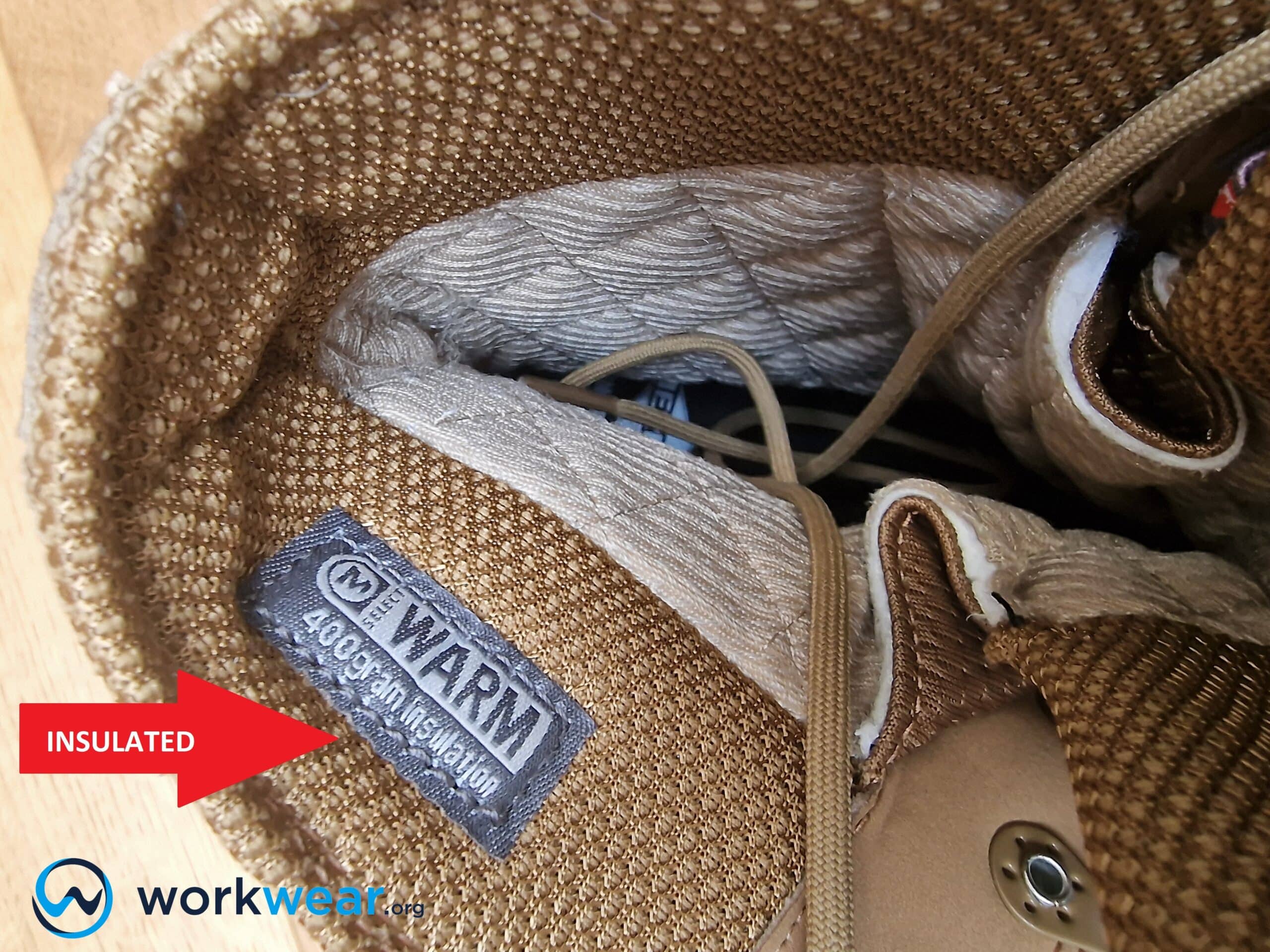
Work boots are designed to make walking and moving more efficient, safer, and comfortable in different work settings. It’s important to check that the boots you choose are comfortable and packed with safety features to protect against hazards in the work surroundings. This is especially true if the job needs to be done outdoors in winter and in other locations that involve exposure to extreme temperatures.
Which is better – winter work boots better than insulated work boots? While both these footwear options aim to keep the feet warm and comfortable in cold conditions, they have subtle differences that need to be inspected to ensure you’ll get the most out of your final choice. In this article, we’ll discuss these two work footwear options for cold weather use to help you determine which choice would have the features you’ll need.
Winter Work Boots
Winter work boots are designed to keep the elements out, providing superior protection for the feet and, depending on the height of the shaft, most of the calves and lower leg areas. They’re typically taller than regular work boots, especially rubber ones (although winter work boots can also be built with other materials, including leather). These boots keep the wetness out while also blocking the cold air from entering, promoting long-lasting foot comfort and warmth in cold settings that can be encountered when working outdoors during winter.
Advantages
Often waterproof/water-resistant
Winter work boots are often rubber, delivering maximum resistance to liquids. The waterproof (or water-resistant) material blocks snow, water, mud, and other liquids, so these substances won’t have a chance to seep into the boots, maintaining a dry and comfortable interior even after prolonged exposure to wet surroundings. Even the non-rubber winter work boots are designed to stop excessive moisture from entering, making them ideal for working in wet settings.
Made of durable materials
These work boots are constructed with materials designed to withstand harsh outdoor conditions that are expected in winter. The materials won’t easily deteriorate when exposed constantly to snow, mud, salt, and other substances, so the boots will be able to maintain their remarkable qualities for a long time.
Keep the feet warm in cold conditions
Aside from protecting the feet from the elements, winter work boots also maintain warmth in low-temperature conditions. The interiors are often equipped with insulation materials that regulate the temperature, sealing in the much-needed warmth so that the feet won’t feel unbearably cold when you work outdoors in the winter. The thick uppers (made of rubber or other materials) likewise promote a comfortably warm environment for the feet by blocking the cold air, so it won’t easily penetrate the boots. The insulating qualities of winter work boots make them suitable not just for winter use but also for conditions that involve exposure to sub-freezing temperatures – such as those in walk-in chillers or freezers.
Strong traction
Winter work boots typically have soles with deep treads designed to keep the feet firmly planted on the ground in challenging weather conditions. These high-traction soles grip snowy or icy surfaces strongly, making it much easier and safer to walk over these ground conditions without compromising a stable gait. They help prevent slipping accidents when walking outdoors in winter when the icy or snowy ground becomes exceptionally slippery and difficult to navigate.
Disadvantages
Higher price point than regular work boots
Winter work boots, especially those with multiple safety and comfort enhancements, can fetch higher prices than regular work boots. The materials of these boots are typically stronger than those used for ordinary work boots, so it’s not surprising that winter work boots are more expensive. Insulation materials also add to the overall production cost and will be reflected in the retail price.
Unsuitable for indoor office settings
Winter work boots often have extremely rugged designs built for heavy-duty use in tough surroundings. This is especially true for boots built with rubber and tall shafts that offer maximum protection against the elements. However, these qualities make the boots unsuitable for indoor office settings, where they’ll look too informal and may feel too bulky. Winter work boots may be ideal for harsh winter conditions, but their designs aren’t the most versatile, so they’re difficult to maximize in other, less harsh settings.
May not be as comfortable as other work boots
Winter work boots offer strong protection and coverage against the cold and wetness in winter outdoor environments, but they may not be the most comfortable to wear. The thick materials used for the upper can weigh the feet down and cause discomfort, especially with hours of continuous use. Meanwhile, the insulation material can make the interior feel too tight and may also contribute extra bulk to the boot’s structure.
Uses of Winter Work Boots
Winter work boots protect the feet against the bitter cold and wetness when working outdoors in the winter, making them ideal for professions such as:
- Farmers
- Fishermen
- Ranch workers
- Hunters
Insulated Work Boots
Insulated work boots often come in silhouettes that aren’t that different from regular work boots. They’re the enhanced version of ordinary work boots, equipped with insulation to combat extremely cold temperatures, making them suitable for winter use and other cold settings. However, they typically don’t come in the exceptionally heavy-duty structures that are more commonly seen in winter work boots, so insulated work boots offer more versatile use without compromising superior protection against having frozen feet. The insulation material’s weight corresponds to the level of warmth provided by the boots, with boots fitted with 400 grams of insulation being warmer than those with 200 grams of insulation material.
Advantages
Continuous warmth in cold settings
Insulated work boots have built-in insulation that traps heat and maintains a soothing warmth, keeping the feet surrounded by a toasty environment for continuous comfort in cold surroundings. The insulation material regulates the temperature and stops cold air from entering the boots. As a result, the interior maintains a soothing warmth even after extended hours of use in low-temperature environments.
Sleeker than winter work boots
Insulated work boots often don’t look that different from regular work boots. However, they’re much sleeker compared to winter work boots that often have bulky appearances, especially if they’re made with rubber. These insulated boots deliver much-needed warmth in cold environments. Still, they don’t negatively affect the style, as they can usually blend in seamlessly with work attire – unlike clunky winter work boots that stand out against workwear.
Versatile use
As they look more like regular work footwear, insulated work boots can be used in colder weather conditions than winter work boots, which may only look appropriate in cold outdoor environments. Insulated work boots can be used outdoors and indoors alike, depending on the style, and may even be used for more casual settings. The insulation material is concealed inside the boots so that it won’t affect their overall appearance.
Available in different insulation levels
Insulated work boots come with different insulation levels, with 200 grams to 600 grams being the most common range of insulation. However, higher weights and levels of insulation are available for severely cold environments. With varying insulation weights available, it’s quite easy to find insulated work boots that offer the perfect level of warmth to suit specific settings and personal preferences.
Disadvantages
More expensive than regular work boots
With the addition of insulation, it’s not surprising that insulated work boots are more expensive than regular work boots. While the insulation material increases comfort in cold conditions, the considerably higher price of the footwear may not be welcomed by everyone – especially those looking for the most affordable work boots or shoes.
Heavier than non-insulated work boots
Depending on the material used, insulated work boots can be pretty heavy compared to work boots without insulation. The extra weight may not be an issue with short periods of boot use but may cause discomfort with continuous walking or standing for almost the entire day. Even with the sleek silhouette, insulated work boots can still feel uncomfortably weighty from the inside.
May feel too bulky or tight
If thick insulation materials are used, the insulated work boots can feel uncomfortably tight. The boots can make the feet feel like they’re being strangled by an extremely tight space – something that can lead to pain when the boots are used for hours. Thick insulation can also contribute to added bulk and drag uncomfortably on the feet.
Can overheat in warm settings
Insulated work boots are fantastic for cold worksites, but they can become uncomfortable when used for prolonged periods in warm settings. The insulation material traps heat and stops cold air from entering the boot so that the foot can become unbearably warm and sweaty as a result. Some insulation materials may promote good air circulation, but that may not be enough to prevent overheating when the insulated boots are used in hot environments.
Uses of Insulated Work Boots
Insulated work boots are ideal for doing tasks in cold conditions and are also suitable for those who prefer low-profile styles of regular work boots. They can be maximized for outdoor work in the colder months by the following professions:
- Construction workers
- Engineers
- Carpenters
- Loggers
Winter Work Boots Vs Insulated Work Boots – Comparison
| Boot Type |
Pros |
Cons |
|---|---|---|
| Winter Work Boots |
|
|
| Insulated Work Boots |
|
|
Conclusion
Choosing the right work footwear for cold settings can be made less challenging by considering the specific environment where the boots or shoes will be used. Winter work boots and insulated work boots are both designed to stave off the unbearable chill, keeping the feet comfortably toasty while finishing the job in harsh winter conditions. Taking into account each option’s strengths and weaknesses can help with choosing the most appropriate work boots that perfectly address the job and work environment’s requirements.
FAQs
- Are insulated work boots still needed for working outdoors in winter for short periods of time?
- Yes – insulated work boots will ensure that the feet will remain comfortably warm in such conditions. It’s best to choose boots that have 200 grams of insulation in such cases as this level/weight offers lightweight insulation to prevent chilled feet for short periods. Anything heavier in terms of insulation may make the boots uncomfortably warm and bulky when used for only a short time in cold settings.
- What conditions need work boots with insulation of 1000-2000 grams?
- Work boots with these high levels of insulation are best for jobs or activities that require staying relatively still in cold environments for prolonged periods. The maximum insulation level of these boots is often maximized by hunters, loggers, and arborists who spend the better part of the day standing or staying almost stationary in cold surroundings.
- Do winter work boots only come in rubber?
- No – winter work boots are offered in other materials including waterproof leather. The boots can also have some other materials fitted in – such as neoprene – to help enhance the insulation and other functions.
- Are insulated work boots necessary when working outdoors when it’s raining?
- If it’s raining but the weather isn’t cold, insulated work boots aren’t necessary. In this case, waterproof boots will be best; built-in insulation may actually cause problems when in conditions that aren’t completely cold, as the boots can feel too warm when they’re used continuously for hours.
678+
Products Reviewed
24+ Years
Combined Experience
500+ Hrs
Field Testing
